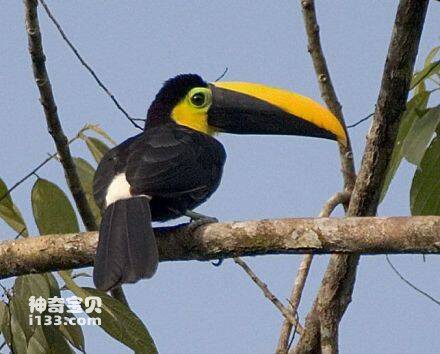
Ramphastos brevis
Ramphastos brevis,Choco Toucan
Choco Toucan Ramphastos brevis, Choco Toucan is a medium-sized climbing bird···
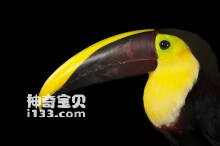
Ramphastos citreolaemus
Ramphastos citreolaemus,Citron-throated Toucan
Ramphastos citreolaemus, Citron-throated Toucan, is a medium-sized climbing ···
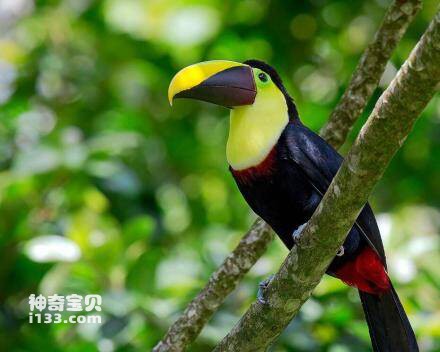
Ramphastos vitellinus
Ramphastos vitellinus,Channel-billed Toucan
Ramphastos vitellinus, also known as Channel-billed Toucan, is a medium-size···
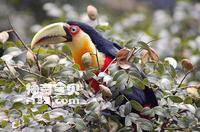
Ramphastos dicolorus
Ramphastos dicolorus,Green-billed toucan
Ramphastos dicolorus, or Green-billed toucan, is a medium-sized climbing bir···
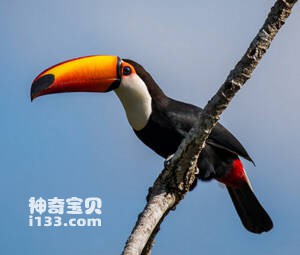
Ramphastos toco
Ramphastos toco,Toco toucan
The scientific name of toucan is Ramphastos toco, or Toco toucan, a medium-s···
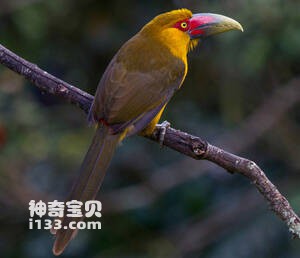
Pteroglossus baillon
Pteroglossus baillon,Saffron toucanet
Orange Toucan scientific name Pteroglossus baillon, foreign name Saffron tou···
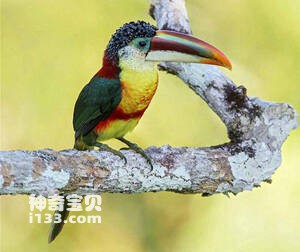
Pteroglossus beauharnaesii
Pteroglossus beauharnaesii,Curl-crested aracari
The tufted toucan is Pteroglossus beauharnaesii and Curl-crested aracari.The···
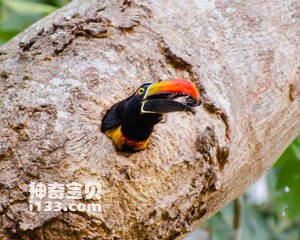
Pteroglossus frantzii
Pteroglossus frantzii,Fiery-billed aracari
Pteroglossus frantzii, also known as Fiery billed aracari, is a medium-sized···
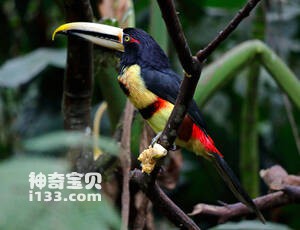
Pteroglossus erythropygius
Pteroglossus erythropygius,Pale-mandibled aracari
Pteroglossus erythropygius, Pale-mandibled aracari, is a medium-sized climbi···
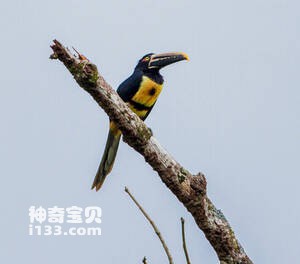
Pteroglossus sanguineus
Pteroglossus sanguineus,Stripe-billed aracari
Pteroglossus sanguineus or Stripe-billed aracari is a medium-sized climbing ···
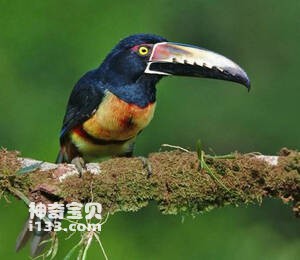
Pteroglossus torquatus
Pteroglossus torquatus,Collared Aracari
The Collared Aracari, Pteroglossus torquatus or Collared aracari, is a mediu···
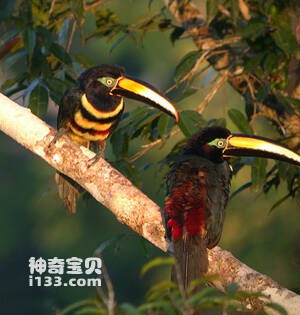
Pteroglossus pluricinctus
Pteroglossus pluricinctus,Many-banded Aracari
Its scientific name is Pteroglossus pluricinctus, and its foreign name is Ma···
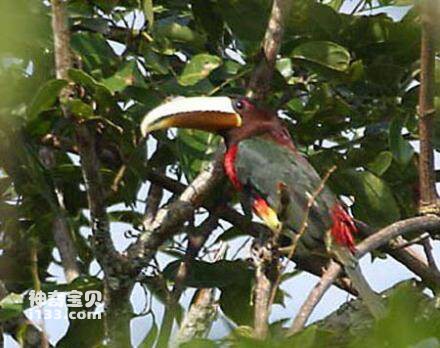
Pteroglossus castanotis
Pteroglossus castanotis,Chestnut-eared Aracari
Known as Pteroglossus castanotis or chestney-eared Aracari, it is named for ···
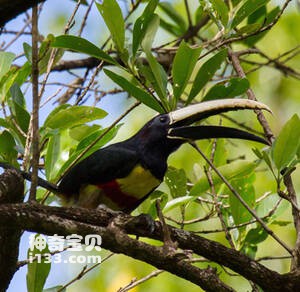
Pteroglossus aracari
Pteroglossus aracari,Black-necked aracari
The Black-necked tufted tucano, Pteroglossus aracari or black-necked aracari···
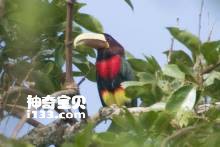
Pteroglossus mariae
Pteroglossus mariae,Brown-mandibled Aracari
The Brown-mandibled Aracari (Pteroglossus mariae) is a medium-sized climbing···
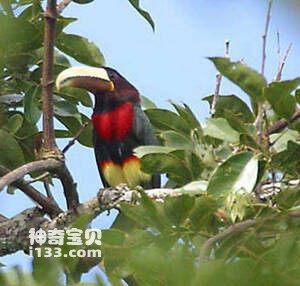
Pteroglossus azara
Pteroglossus azara,Ivory-billed aracari
The species has two subspecies, Pteroglossus azara and Ivory-billed aracari.···
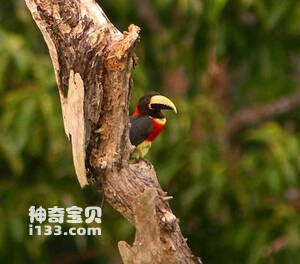
Pteroglossus bitorquatus
Pteroglossus bitorquatus,Red-necked aracari
The species has three subspecies: Pteroglossus bitorquatus and Red-necked ar···
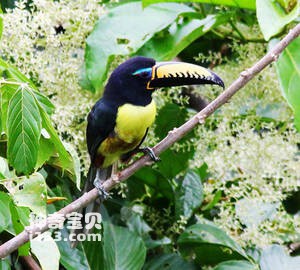
Pteroglossus inscriptus
Pteroglossus inscriptus,Lettered aracari
The Brazilian tufted tuccan has two subspecies, Pteroglossus inscriptus and ···
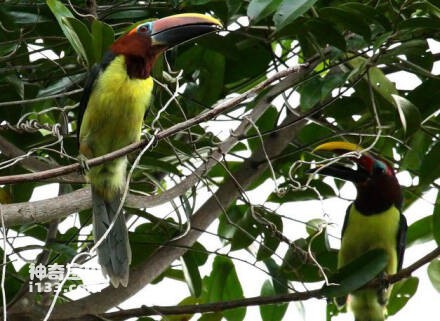
Pteroglossus viridis
Pteroglossus viridis,Green aracari
Pteroglossus viridis, Green aracari, is a medium-sized climbing bird.The gre···
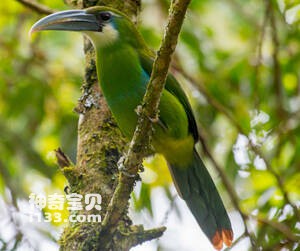
Aulacorhynchus coeruleicinctis
Aulacorhynchus coeruleicinctis,Blue-banded toucanet,Blue-throated toucanet
The scientific name Aulacorhynchus coeruleicinctis, or Blue-banded toucanet ···
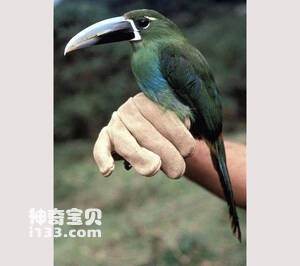
Aulacorhynchus huallagae
Aulacorhynchus huallagae,Yellow-browed Toucanet
Aulacorhynchus huallagae, Yellow-browed Toucanet, is a small and medium-size···
